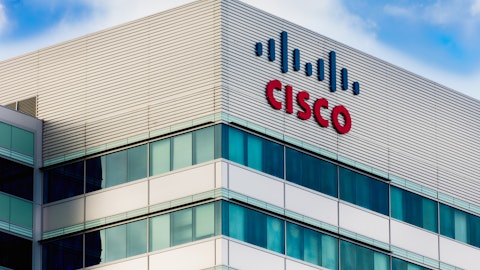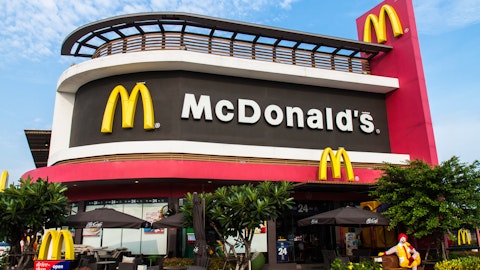This next screenshot provides a more detailed look at the record of analysts making a one year in advance forecast of earnings on Johnson & Johnson. Therefore, I think it is reasonable to assume two things about Johnson & Johnson (NYSE:JNJ)’s estimates. One, Johnson & Johnson must be a relatively easy company to make forecasts on. Two, in my opinion, since analysts rely heavily on company guidance, Johnson & Johnson’s management must give good solid guidance. However, the main point I am making with these scorecards is that my confidence level is high regarding the earnings forecasts in the above calculators. Therefore, I feel it is highly likely that they would turn out to be reasonably accurate.

Once I have run calculations utilizing specific consensus estimates for the next few years, I like to examine the return possibilities utilizing a longer-term 3 to 5-year trend line calculation. The calculator utilized to run these calculations would be found on the third tab on the forecasting calculators’ options.

There are 9 analysts (see FAST FACTS box to the right of the graph) offering a 3 to 5-year trend line earnings growth estimate on Johnson & Johnson at 6.07% on average. If those trend line estimates happen to come to pass and Johnson & Johnson traded at a P/E ratio of 15 on December 31, 2001, it would only offer me a 4.8% rate of return. Once again, I would not be too excited about that long-term rate of return possibility notwithstanding Johnson & Johnson’s impeccable quality.

On the other hand, if I utilize that same growth expectation but applied the long-term normal P/E ratio of approximately 21, my rate of return potential would be much more attractive. However, recent historical data suggests that valuation level might be overly-optimistic. Nevertheless, this would be another possible best case scenario.

Once I have examined the consensus trend line estimates based on analysts reporting to S&P Capital IQ, I like to check other sources to see what other analysts think. Therefore, I checked the five-year growth forecast on Johnson & Johnson from Morningstar. Here I found a much lower estimate for longer-term growth of only 3.8% on average.
“Morningstar Five-Year Growth Forecast”

Consequently, I then went to the “Custom” calculator option and entered a custom trend line growth rate of 3.8% (red circle) according to Morningstar. Once again, utilizing the normal P/E ratio of 15, my rate of return calculation on Johnson & Johnson based on Morningstar estimates only averaged 2.35% per annum. Perhaps this could be considered a worse case – or maybe even just a bad case scenario for this blue-chip Dividend Aristocrat. Nevertheless, it provides additional insights generated by my due diligence process.

Additionally, I often like to run rate of return calculations where I utilize historical earnings growth rates in lieu of analyst estimates. This is an approach that Ben Graham suggested. This next calculation utilizes the “Historical CAGR” (Compound Annual Growth Rate) of 5% (red circle) on average for Johnson & Johnson over the past 5 completed historical years. All things considered, I consider this 5% growth rate achievable for Johnson & Johnson. Consequently, I would consider this a plausible case scenario.

However, I never stop with just running calculations based on analyst estimates or historical earnings growth rates on any company I am researching. My next step is to check other research providers in order to assess the validity of the assumptions utilized in my calculations. What follows is one example utilizing Morningstar research and their discussion of Johnson & Johnson’s economic moat. However, I will check several other research providers for additional information as well.





